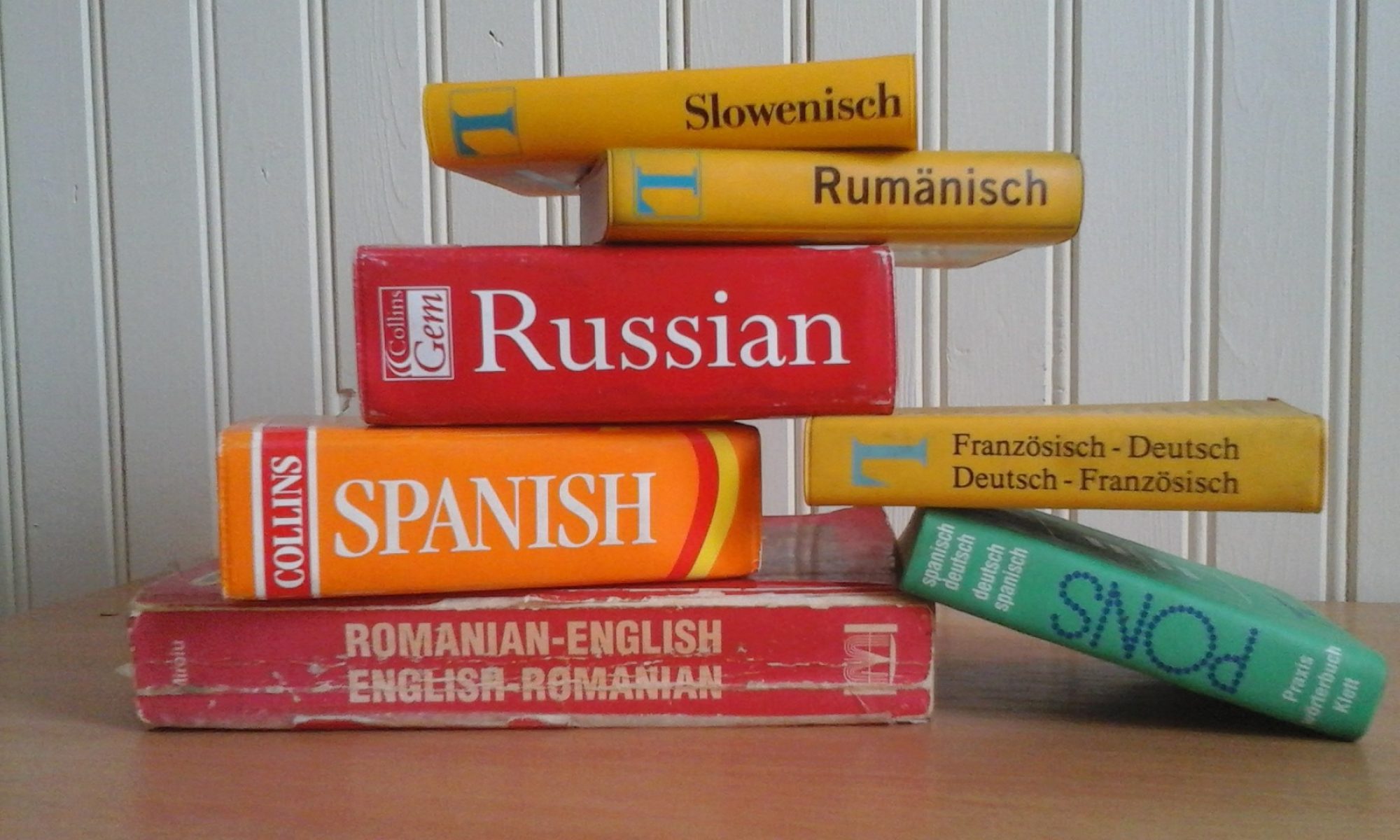The allure of the diamond has captivated humanity for centuries, with its sparkling beauty and rarity making it one of the most sought-after commodities in history. The term "blood diamond" may evoke a sense of controversy and moral ambiguity, but its enduring legacy is undeniable. From ancient kingdoms to modern-day casinos, the allure of the diamond continues to enthrall and captivate.
From Mines to Market: The Journey of Blood Diamonds
The journey of blood diamonds begins in the depths of African mines, where artisanal miners dig for precious stones amidst harsh conditions. These gemstones are then blooddiamondgame.com sold on the black market, often funding conflicts and human rights abuses in resource-rich regions. The use of violence, intimidation, and exploitation to extract these gems has led to the term "blood diamond" being coined.
In recent years, efforts have been made to regulate the trade and ensure that diamonds mined in conflict zones do not enter the global market. Organizations such as the Kimberley Process Certification Scheme (KPCS) aim to track diamonds from mine to market, preventing blood diamonds from being sold on a legitimate platform.
However, despite these initiatives, concerns remain about the prevalence of blood diamonds in modern markets. In 2019, an investigation by the BBC found that diamonds sourced from artisanal mines in Angola and the Democratic Republic of Congo were being traded on European markets, highlighting the ongoing challenge of policing the diamond trade.
The Role of Certification: Ensuring Diamond Integrity
Certification schemes like KPCS have become essential in ensuring the integrity of diamonds. These programs verify that diamonds are mined and traded responsibly, without funding conflict or human rights abuses. But critics argue that certification can be flawed and open to manipulation, allowing blood diamonds to continue entering legitimate markets.
One key challenge is the difficulty in tracing the origin of diamonds. A single stone may pass through multiple hands before reaching a retailer, making it challenging to verify its provenance. This lack of transparency creates an environment ripe for exploitation, where rogue players can insert blood diamonds into the supply chain.
The diamond trade is also fraught with complexities and gray areas. For example, artisanal mining often takes place in remote regions, making it difficult for certifying bodies to monitor these operations effectively. Furthermore, small-scale miners may not have access to resources or training to comply with certification schemes, exacerbating the problem of blood diamonds.
The Allure of Diamonds: Why They Remain a Favorite Among Gamblers
The allure of diamonds transcends their value as a commodity; they hold an almost mystical appeal for many. For gamblers, this fascination is particularly pronounced in slot machines and other games that feature diamond-themed symbols or jackpots.
In online casinos, games like "Diamond Mine" or "Blood Diamond Deluxe" combine stunning visuals with lucrative payouts, drawing players into a world of instant gratification and promise. The glamour associated with diamonds – whether it’s the thrill of winning a progressive jackpot or the prospect of owning a rare gemstone – fuels the desire for these slots.
Why Diamonds in Games: A Marketing Masterstroke
The inclusion of diamond-themed symbols in slot games serves multiple purposes, aside from its aesthetic appeal. Marketing teams recognize the allure of diamonds as a luxury item and capitalize on this by incorporating them into game design.
Diamonds are often used as premium symbols or wildcards, carrying higher payouts than other game elements. This encourages players to seek out these features, generating more revenue for the casino. Moreover, diamond-themed games can create a sense of prestige among high-rollers, attracting bigger spenders and increasing average bets.
Legacies in Gaming: From Las Vegas to Online Platforms
The legacy of blood diamonds continues to shape gaming industries worldwide. From Las Vegas casinos to online platforms, the allure of diamonds remains strong, even if their origin is unknown or unverified.
In Las Vegas, iconic hotels like the Bellagio and Caesars Palace have long been associated with luxury and opulence, where diamond-themed slots are a staple in game rooms. The city’s glittering reputation and association with wealth only amplify the allure of diamonds among gamblers.
Online platforms have taken this trend further, offering diamond-themed games that cater to diverse tastes and budgets. Websites like Slotland and 32Red offer a range of diamond-based slots, each promising unique features and high payouts.
The Online Casino Revolution: Blood Diamonds in the Digital Age
The online casino revolution has transformed the way we gamble, with diamonds becoming an integral part of digital game design. These virtual slot machines have simplified access to diamond-themed games, making it possible for anyone with a smartphone or computer to participate.
However, this increased accessibility raises new concerns about regulation and oversight. Online casinos often operate in jurisdictions where certification schemes like KPCS may not be enforced as strictly, creating an environment ripe for exploitation.
Moreover, the anonymity offered by online platforms can make tracking diamond provenance even more challenging than in physical markets. Rogue operators can easily insert blood diamonds into their games, passing them off as legitimate symbols or wildcards.
Legacy and Consequences: The Diamond Trade’s Complex Relationship with Gaming
The legacy of blood diamonds continues to shape the gaming industry, fueling controversy and raising awareness about human rights abuses in resource-rich regions. While certification schemes aim to ensure diamond integrity, concerns remain about their effectiveness and the ongoing challenge of policing this market.
In conclusion, the allure of diamonds is undeniable – whether as a symbol of luxury or a key to winning jackpots. However, we must acknowledge the complexities surrounding blood diamonds, from conflict zones to online platforms. By understanding these intricacies and promoting transparency in diamond sourcing, we can work towards a future where diamonds are no longer tainted by their dark past.
